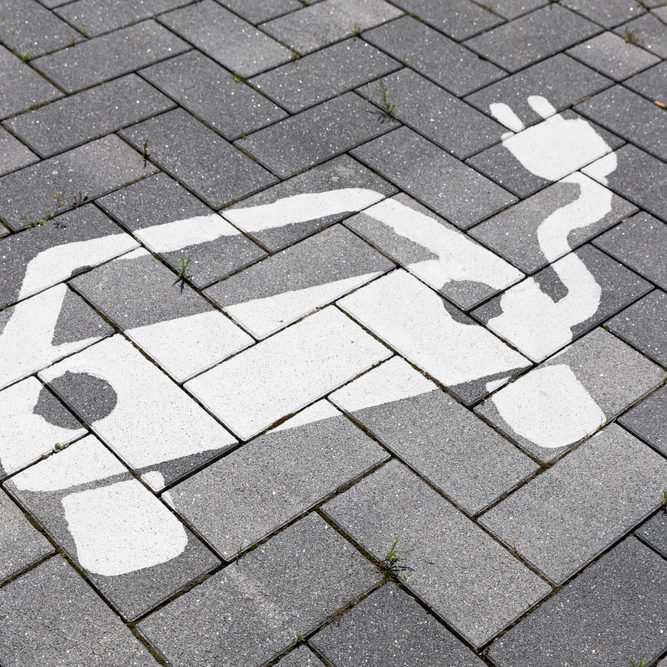Traffic Culture: An Overview to Promote Road Safety Education Road safety education, or traffic culture, is as important as physical education or reproductive education: collective creation of a safe space of respect for others on streets, avenues, highways, and motorways depends on its practice.
Road safety education in Mexico is also not a minor issue. According to INEGI, more than four thousand people in our country lost their lives in 2021 due to traffic accidents. Therefore, the practice of road safety education begins with the learning of girls and boys.
What is road safety education?
Road safety education is all instruction whose learning and practice not only allows preventing accidents on public roads but also raising awareness equally among motorists, cyclists, passengers, and pedestrians about their responsibilities and rights, in order to create and promote a culture of road safety on the streets.
What are the objectives of road safety education?
Helps prevent crashes and accidents on public roads Fosters values such as dialogue and tolerance, considering that public roads belong to everyone Raises awareness of rights and obligations when using streets, bike lanes, walkways, and more Promotes sustainable and environmentally friendly mobility Achieves a paradigm shift regarding seeing public space as an extension of home, school, and workplace Prevents overcrowding in urban centers and decongests public roads Reduces traffic frustration promoting a new culture of mobility Infographic with road safety education objectives.
Road culture in Mexico: are we doing well or poorly?
In 2016 alone, 1.35 million people died globally due to traffic accidents caused by a lack of road culture, according to the World Health Organization (WHO).
In its Global Status Report on Road Safety 2018, Mexico appears alongside countries like the United States, Switzerland, or Sweden in terms of having a reliable national record of traffic accidents: that of the National Institute of Statistics and Geography (INEGI).
Fortunately, INEGI figures show a sustained reduction in terms of fatal victims since 2011, as it went from 7,994 to 4,227 in 2022.
However, and this is where the factor of road safety education in Mexico comes in, the WHO indicates that the country lacks a national policy regarding:
Mandatory use of seat belts inside vehicles use of helmets for motorcyclists and cyclists restrictions on children occupying front seats prohibition of cellphone use while driving. Companies and local governments are gradually adopting a culture of safe streets to protect lives. While DiDi, the Chinese urban mobility company, started an ambitious road safety education program for its delivery partners, the government of Mexico City launched an online course to find out how good you are at driving.
Learning to move early: road safety education for children.
Now, should we wait for massive road safety education campaigns to begin learning and practicing in our family environment? The answer is no.
We can contribute from our trenches with road safety education for girls and boys, teaching them to use personal protective equipment when riding their bicycles or scooters and come to a complete stop before crossing a street to look both ways.
Set of nine different road safety signals for children
As long as we are the tutors of the road culture of the little ones, they will learn to prevent accidents by being aware that safer traffic begins the moment they leave home.
Measures are already being taken in Mexico to introduce children to road safety education. For example, in cities like Tulum and Tulancingo, governments offer road safety courses in elementary schools, where they teach basic habits on their way to school and interpreting traffic signals.
In short: more road safety education for everyone.
Road education, defined as the practices learned from respect for others in order to turn public roads into a safe space, is the best prevention against the noise of traffic lights and the angry faces at pedestrian crossings that often characterize the cities of Mexico. Using a seatbelt, not invading bike lanes, and wearing a helmet while riding a motorcycle are just the beginning of a change in road culture to avoid accidents and promote the common good.
Avoiding accidents by starting from the awareness that public roads belong to everyone is the purpose and benefit of road education. How do you think we can continue learning and practicing road culture from our nearby environment?


